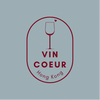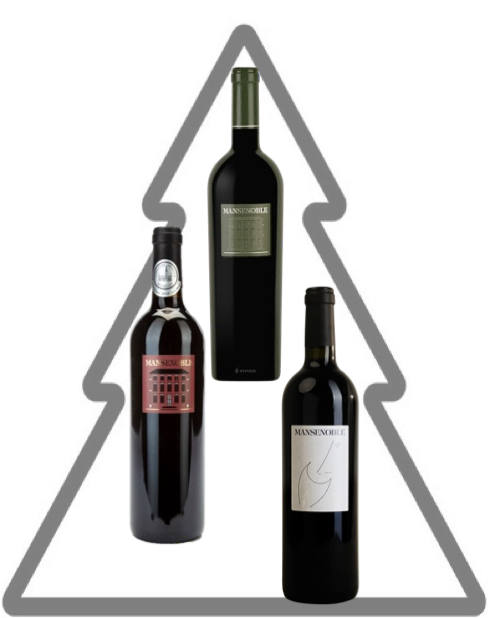Château Mansenoble
X'mas Colors - set
Couldn't load pickup availability
Château Mansenoble Trio
A selection of French wines from Chateau Mansenoble:
- Château Mansenoble - Corbieres - Reserve - 2019 - 75cl
- Château Mansenoble - Montagne d'Alaric - 2019 - 75cl
- Château Mansenoble - Le Nez - Coteaux de Miramont -2019 -75cl
About Château Mansenoble
In its September 2005 issue, the Revue du Vin de France ran its first ever ranking of the great red wines of Languedoc.
Château Mansenoble were the only two Corbières to be ranked amongst the Superior Crus (equivalent of ‘deuxième cru’)
Lying at the foot of the Mont Alaric on North-facing clay-limestone slopes lightened by alluvial gravels from the Quaternary period, the Domaine is situated between the dry Mediterranean climate and damper Atlantic air which gives a long ripening period, essential for finesse and aromatic complexity.
The vineyards of Château Mansenoble range from 80 to 120 meters above sea level and their Northern exposure is a advantage in this hot region – the vines benefit from more freshness, the acidities are better preserved and the big difference between day and night temperatures promotes a better transit of sugars. Although the soil composition is mainly clay-limestone, it dates from varying ages: the soil in the vin de pays vineyards dates from the Quaternary and that of the AOC goes back to the beginning of the Tertiary (Paleocene-Eocene) period of the formation of the Pyrenees. Some are on a mixture of conglomerates, sandstones and fluvial sandy marl, others on oyster sandstone.
Built in 1881, a period of prosperity for the region, Château Mansenoble is a beautiful mansion surrounded by a garden, outbuildings and a vaulted cellar of 750 m2.
The name ‘Mansenoble’ comes from that of an old carignan plot. It originates from La Manse – an integral part of the internal organization of the great estates of France in the Middle Ages. At the time, the lack of cash prevented the payment of labor in cash. Wealth, which was essentially land-based, generated a closed economy, which made it necessary to use independent workers. Thus the great estates were divided into plots and mansions. Each ‘manse’ included its house, immediate surroundings, outbuildings and a certain area of land, freely cultivated by its occupant who paid rent.
The Huc family, an important wine-growing owner in Moux from as early as the 17th century, built the current estate.
It remained in the family until the end of 1992 when it was taken over by Guido and Marie-Annick Jansegers-De Witte, insurance brokers in Belgium.
A great wine lover and highly experienced as an oenological chronicler in Europe, he decided, at the age of 50, to abandon everything and start a new life making wine according to his own taste.
He deliberately chose the Corbières, considering it to be the French wine region with the greatest potential. Moreover, its varieties of grape varieties allow the winemakers who blend them to fully express themselves.
Share


